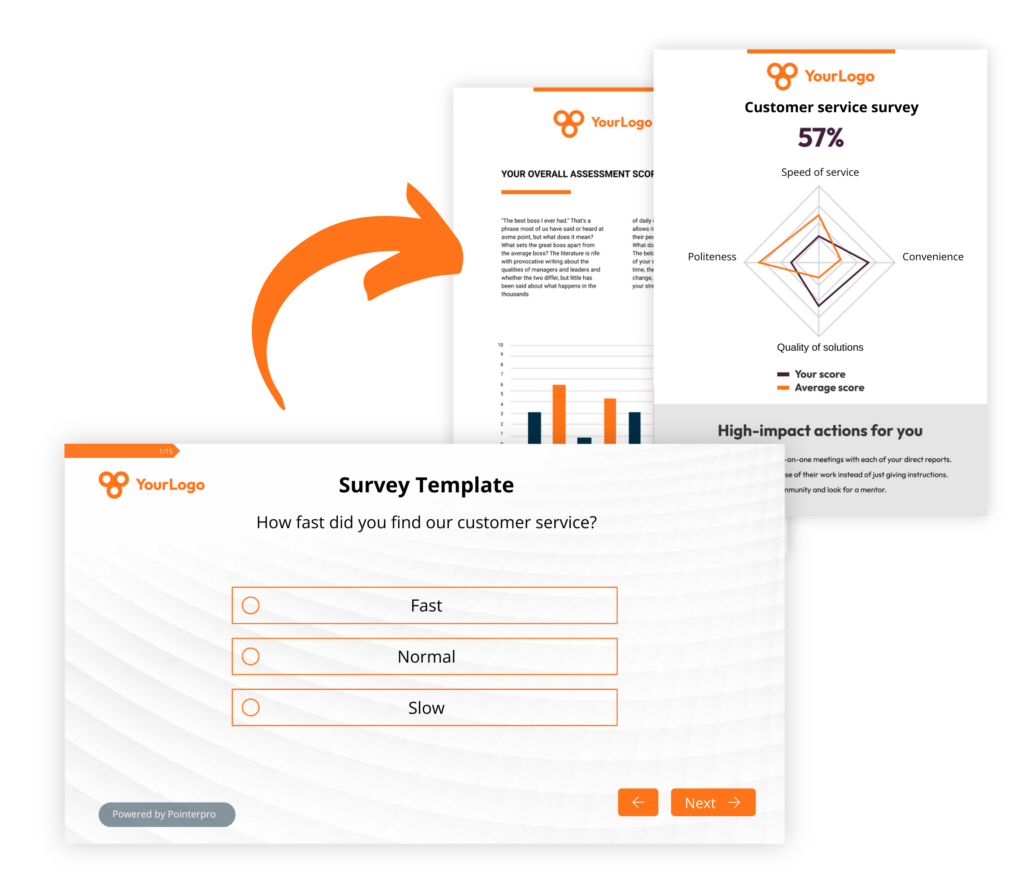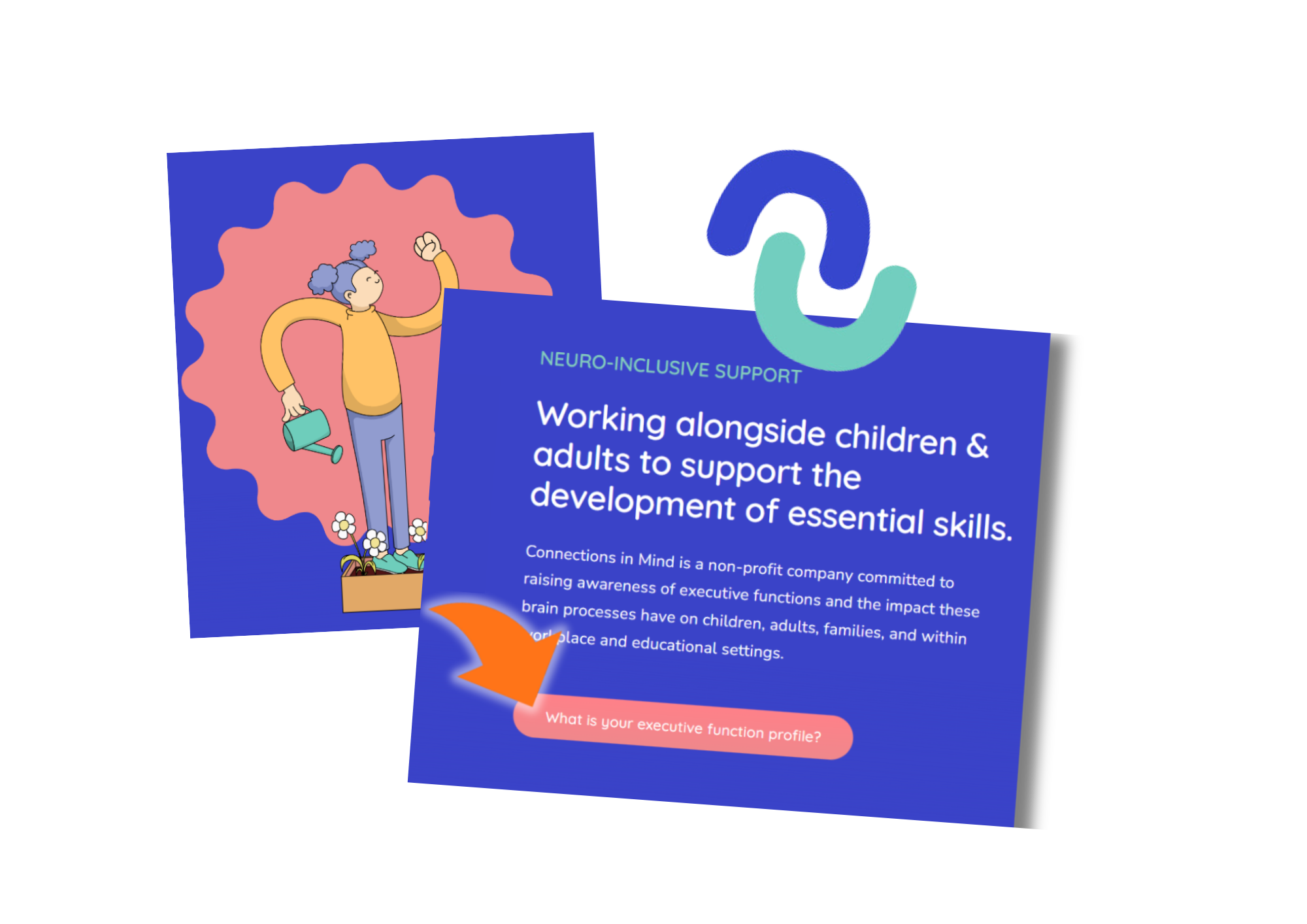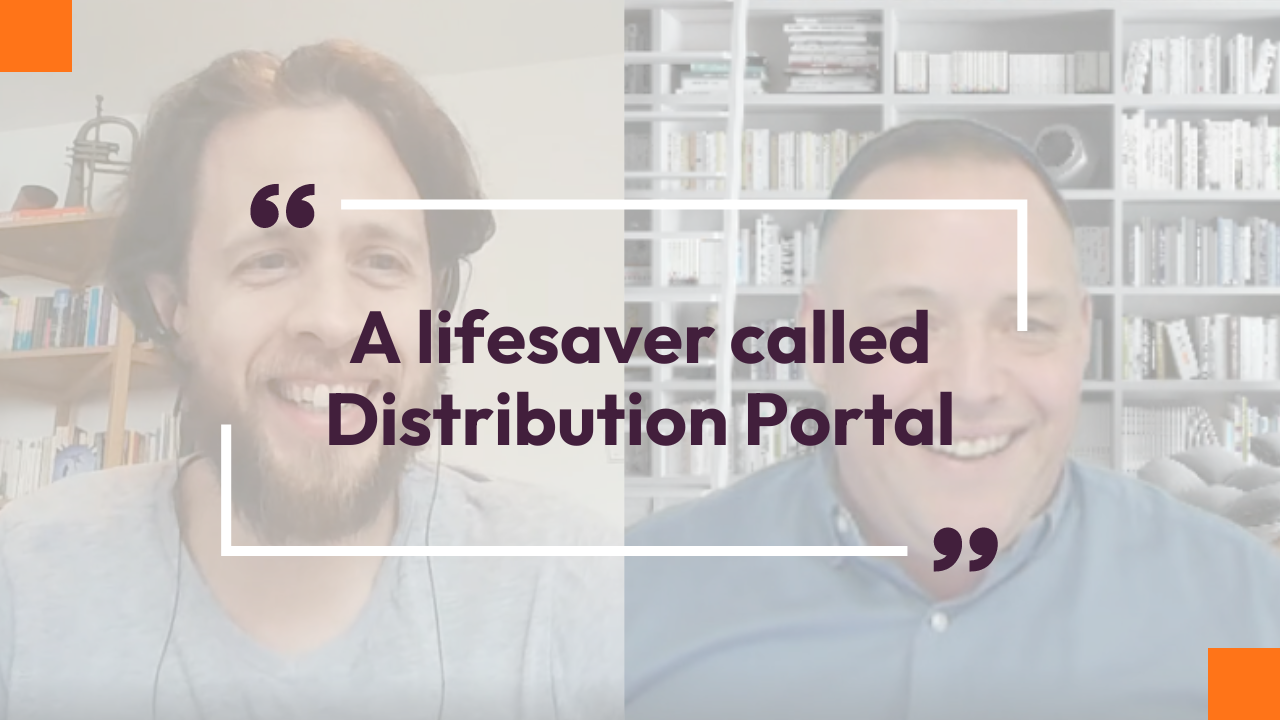Survey template
What if you could build engaging surveys with optimal response rates by providing personalized feedback to respondents?
Based on a scored survey you get to take effective and well-informed actions.
Pointerpro is the 2-in-1 software that combines assessment building with personalized PDF report generation.

How to create a survey (template) with a high response rate?
Creating a high-response-rate online survey involves several best practices. In a nutshell, the key is to respect the respondent’s time and make the survey experience as pleasant as possible. If on top of that, you are able to offer some kind of incentive for the respondent to complete the survey, you’ll see a boost in the response rate for sure.
Here’s a list of 10 specific guidelines that always prove helpful:
- Clear purpose: Ensure the survey has a clear and concise purpose. Explain why the survey is important and how the results will be used. This can motivate respondents to participate.
- Keep it short and simple (KISS): Long surveys often deter respondents. Aim for a survey that can be completed in 5-10 minutes. Use simple, direct language and avoid jargon. Also announce the expected duration of the survey at the start.
- Engaging introduction: Craft an engaging and friendly introduction. This sets the tone and encourages respondents to complete the survey. Mention why it’s important and/or beneficial for the respondent to participate.
- Logical flow: Structure your survey logically. Group related questions together and use a mix of question types (e.g., multiple choice, scale ratings) to keep it interesting.
- Personalization: If possible, personalize the survey invitation and communication. Personal touches will increase engagement.
- Mobile-friendly design: Ensure your survey is mobile-friendly. Many users will access the survey on their smartphones or tablets.
- Pre-test the survey: Test your survey with a small group before full deployment. This will help you identify any confusing questions or technical issues.
- Reminders and follow-ups: Send gentle reminders to those who have not completed the survey. However, be cautious not to spam.
- Offer personalized feedback: Offering incentives (like a chance to win a prize, discounts, or access to exclusive content) increases response rates. So does offering relevant feedback. Use a survey tool that allows you to build automated feedback reports in PDF. Be sure to announce to the respondent they will receive this report at the start of the survey
Interactive user experience
With the Questionnaire Builder, you get to create an engaging survey. How? With numerous design and layout options, useful widgets and countless question types.
Refined, score-based analysis
Our custom scoring engine helps you quantify and categorize diverse answers. The result? An objective and nuanced assessment of your respondents’ answers.
Automated feedback in PDF
Thanks to your setup in the Report Builder, respondents instantly get a detailed PDF report: with helpful charts, a personalized survey recap analysis, and actionable tips.
1.500+ businesses worldwide build assessments with Pointerpro









8 tips on how to make an effective survey report for stakeholders
Creating an effective survey report involves careful planning, analysis, and presentation. The approach differs slightly depending on whether the report is for stakeholders or for individual respondents. Let’s start with the survey report stakeholders:
- Executive summary: Start with a concise summary highlighting the key findings and conclusions. This is important for stakeholders who may not have time to read the entire report. Ideally, the executive summary entices the reader to take in the rest of the report.
- Introduction: Include the survey's purpose, objectives, and methodology. Explain why the survey was conducted and how the data was collected.
- Demographics of respondents: Provide a demographic breakdown of the survey participants. This helps in understanding who the respondents are and in what context their responses should be interpreted.
- Data presentation: Present the data clearly using graphs, charts, and tables. Visual aids like pie charts, bar graphs, and infographics can make the data more digestible.
- Analysis and interpretation: Go beyond just presenting data. Analyze the results to uncover trends, patterns, and insights. Discuss what the findings mean in the context of the survey's objectives.
- Conclusions and recommendations: Based on the analysis, draw conclusions and suggest actionable recommendations. This is crucial for stakeholders who might use this data for decision-making.
- Limitations: Acknowledge any limitations of the survey, such as a small sample size or potential biases.
- Appendix: Include the full survey questionnaire and detailed data tables in an appendix for reference.
7 tips on how to make an effective survey report for respondents
Now let’s dive a little deeper into some tips for the survey report that individual respondents will get from you:
- Personalized greeting: Start with a personalized message thanking the respondents for their participation.
- Individual responses: Consider providing a summary of the individual's responses, especially if the survey included personalized questions.
- Scored analysis: By scoring answer options, you can provide respondents with some meaningful, objective results. Based on their total score or scores on specific groups of questions, you could categorize them into different levels. For example: satisfaction levels, competency levels, maturity levels, etc.
- Comparative analysis: If applicable, show how their responses compare with the average or typical responses. This helps the respondent understand where they stand in relation to the broader group.
- Insights and interpretation: Offer insights or interpretations specific to their responses. For example, if it’s a feedback survey, provide personalized suggestions or areas of improvement.
- Overall survey results: Give a brief overview of the overall survey findings. This helps the respondent see the bigger picture and understand the context of their individual responses.
- Follow-up actions: If there are any follow-up actions or opportunities (like a follow-up survey, a meeting invitation, etc.), include them in the report.
- Confidentiality assurance: Reassure the respondent that their individual responses will remain confidential and are being used responsibly.
Remember, the goal of any survey report is not just to present data, but rather to tell a story with that data, driving towards meaningful conclusions and actions. Clarity and conciseness along with visual appeal are absolutely key to this. Lastly, actively search for feedback about your reports and improve it where possible.
30 survey template example questions
Here are 30 survey example questions divided into 3 categories:
- 10 customer service survey example questions
- 10 customer satisfaction survey example questionsx
- 10 employee survey example questions
10 customer service survey example questions
- How satisfied are you with the quality of our customer service?
- How well did our team understand your needs and concerns?
- How likely are you to recommend our services to others?
- How would you rate the speed of service you received?
- Were our customer service representatives polite and helpful?
- How well did our solution meet your expectations?
- How easy was it to get the help you needed?
- How would you rate your overall experience with our company?
- Did you find our customer service accessible and convenient?
- What improvements, if any, would you suggest for our customer service?
The survey template questions start by measuring the customer’s overall satisfaction and their perception of the quality of service received. This is essential for understanding the immediate impact of the service on the customer. Other questions, like the ones regarding the speed and accessibility of the service provide insights into the efficiency and convenience of the customer service process, which are crucial factors for customer satisfaction.
Note that the survey includes a question about the likelihood of the customer recommending the service to others, which is a key indicator of customer loyalty and satisfaction. This metric, often referred to as the Net Promoter Score (NPS), is widely used to gauge the customer’s overall experience and their willingness to advocate for the brand. The inclusion of an open-ended question allows customers to express their thoughts freely. This provides an opportunity for customers to offer detailed feedback, suggestions for improvement, and any other comments that might not be covered by the structured questions. Such open-ended feedback can be a rich source of insights for specific areas of improvement and innovation.
10 customer satisfaction survey example questions
Though similar and related to a customer service survey, a customer satisfaction survey takes a somewhat broader view, gauging the customer’s overall contentment with their experience of a product or service. This type of survey encompasses various factors including product quality, value for money, brand perception, and customer service, offering a more comprehensive view of the customer’s experience and satisfaction with the company as a whole. Here are some relevant customer satisfaction template questions:
- How satisfied are you with the quality of our product/service?
- How do you rate the value for money of our product/service?
- How well does our product/service meet your needs?
- How likely are you to purchase from us again?
- How likely are you to recommend our product/service to others?
- What is your overall satisfaction with our brand?
- How do you rate the ease of use of our product/service?
- Were your expectations met, exceeded, or not met?
- What aspect of the product/service were you most satisfied with?
- What improvements would you suggest for our product/service?
These customer satisfaction survey template questions comprehensively capture the customer’s overall experience with the product or service. They focus on key indicators of customer loyalty. The questions also seek to understand the customer’s general perception of the brand and their specific satisfaction with various aspects of the product/service. Open-ended questions are included for more detailed feedback, allowing customers to highlight specific satisfaction areas and suggest improvements.
What Pointerpro clients are saying




Common types of customer satisfaction surveys
Understanding common types of customer satisfaction surveys is useful for businesses because these surveys provide valuable insights into customer perceptions, experiences, and expectations. By customizing your own customer satisfaction survey template your can effectively leverage customer satisfaction frameworks like the Net Promoter Score (NPS), Customer Satisfaction Score (CSAT), Customer Effort Score (CES), and Product-Market Fit (PMF). Here’s a brief introduction of each:
- Net Promoter Score (NPS): The NPS is a widely used metric to gauge customer loyalty and the likelihood of customers recommending a company, product, or service to others. It typically involves asking customers a single question: "On a scale of 0-10, how likely are you to recommend our company/product/service to a friend or colleague?" Based on their responses, customers are categorized as Promoters (9-10), Passives (7-8), or Detractors (0-6). The NPS is calculated by subtracting the percentage of Detractors from the percentage of Promoters. It's a simple but powerful tool for measuring customer satisfaction and predicting business growth.
- Customer Satisfaction Score (CSAT): The CSAT measures how satisfied customers are with a company's product, service, or a specific interaction. It typically involves questions like "How satisfied are you with [product/service/interaction]?" with a scale of 1 to 5 or 1 to 10, where higher scores indicate greater satisfaction. CSAT is a straightforward metric and is often used to assess short-term customer sentiment, particularly after specific interactions like a purchase or customer service experience.
- Customer Effort Score (CES): This survey assesses the ease of customer experience with a product or service. The fundamental question in a CES survey is along the lines of "How easy was it to deal with our company today?" with a rating scale. The idea is that the easier it is for customers to get what they need, the more likely they are to continue doing business with a company. CES can be particularly useful for identifying pain points in customer interactions and improving operational efficiency.
- Product-Market Fit (PMF): PMF surveys are designed to determine how well a product satisfies a strong market demand. This type of survey typically asks customers how disappointed they would be if they could no longer use the product. The responses help in understanding whether the product is essential to the users and how well it fits with the target market. PMF is crucial for startups and new products, as it helps in validating the market need and guiding product development and marketing strategies.
- Product-Market Fit (PMF): PMF surveys are designed to determine how well a product satisfies a strong market demand. This type of survey typically asks customers how disappointed they would be if they could no longer use the product. The responses help in understanding whether the product is essential to the users and how well it fits with the target market. PMF is crucial for startups and new products, as it helps in validating the market need and guiding product development and marketing strategies.
12 common online survey templates
Not looking for a customer service or satisfaction survey template? Here’s a list of other survey types you can easily build to your specific needs with Pointerpro:
- Market research survey template: This survey is designed to gather information about the market in which a business operates. It includes questions about market trends, customer preferences, demand for products or services, and the competitive landscape. The goal is to understand the market dynamics to make informed business decisions.
- Brand awareness survey template: This survey is designed to measure the level of awareness and perception of a brand among its target audience. It includes questions that assess how familiar people are with the brand, where they've seen or heard about it, their impressions of the brand, and how it compares to competitors. The goal is to understand brand visibility in the market and the effectiveness of marketing campaigns in creating brand recognition and positive associations.
- Concept testing survey template: This type of survey is used to evaluate potential consumer responses to a new product, service, or concept before it is launched. It helps in understanding the target audience's perception, needs, and expectations, thereby aiding in refining the concept for better market fit.
- Website feedback survey template: This survey is designed to gather feedback on a company's website. It typically includes questions about the user's experience navigating the site, the quality and relevance of the content, the ease of finding information, and overall satisfaction with the website. This information is vital for improving website design, enhancing user experience, and ensuring the site effectively meets the needs of its visitors.
- Product research survey template: Focused on gathering feedback about a specific product, this survey asks questions about product usage, satisfaction, features, and improvements. It is used to understand how a product is performing in the market and what changes or enhancements might be necessary.
- Competitor research survey template: This survey aims to collect data about competitors in the market. It includes questions about competitor products, market share, strengths and weaknesses, and strategies. The insights gained can help a business to develop competitive strategies.
- User persona survey template: This type of survey is designed to create detailed profiles of the typical users of a product or service. Questions are tailored to gather demographic information, behaviors, motivations, and goals of the users, helping in tailoring marketing and product development strategies to specific user groups.
- Event survey template: Post-event surveys are used to gather feedback from attendees about an event. They cover aspects like the overall experience, venue, organization, content, and suggestions for improvement. This feedback is crucial for planning and improving future events.
- Employee onboarding survey template: This survey is given to new hires to gather feedback about the onboarding process. It covers aspects like the effectiveness of training, clarity of job responsibilities, and overall satisfaction with the onboarding experience, helping in refining the process for future employees.
- Training satisfaction survey template: Aimed at participants of training programs, this survey assesses their satisfaction with the training provided. It includes questions about the relevance of the content, the effectiveness of the trainers, and the impact of the training on their job performance.
- Career development survey template: This survey is focused on employees' perspectives on career development opportunities within an organization. It explores areas like satisfaction with career progression options, availability of training and development programs, and support for career growth from management.
- Health survey template: Health surveys are used to collect information on individual health behaviors, conditions, and wellness. This can include questions about lifestyle, diet, exercise, mental health, and access to healthcare services. The data is often used in healthcare research, policy making, and to improve health services.
Create your own survey today
You may also be interested in
Recommended reading

How Connections In Mind benefits the community interest through a digital mindset and a longitudinal assessment
The fact that communities benefit from diversity should not be news to anybody. One type of diversity you may not

Vlerick Business School digitalizes entrepreneurship development with Pointerpro [case study]
What do a top-tier international business school based in the capital of Europe and Pointerpro have in common? At the

Attain Global: How to do psychometric tests right and build a cutting-edge international business [case study]
In many countries worldwide, the pursuit of skillful and engaged employees is not so much a war on talent as


